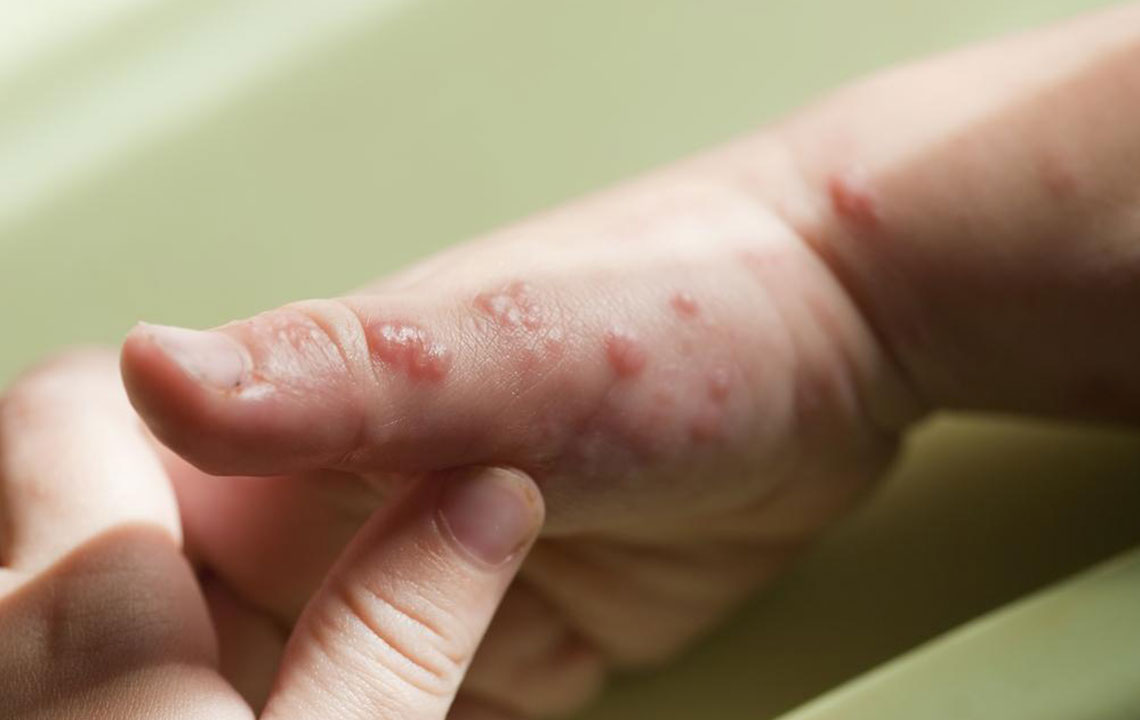Know the infection, shingles
What is Shingles?
Shingles is an infection, which can be painful, and is contagious as well. It appears as a rash that’s generally around the torso but can occur anywhere in the body. Although it is not a life-threatening disease, the infection can last a long time. Visit a doctor and go for an antiviral shingles medicine course to reduce the severity of the infection.
Causes and risk factors
- Shingles occur due to an infection caused by the varicella-zoster virus.

Symptoms
Pain or a burning sensation on the affected skin area is the first shingles symptom to appear on the skin’s surface. A few days after the pain or tingling sensation begins, a rash appears on the infected area of the skin. The rash appears as a single stripe or line of blisters that are filled with fluid. These blisters eventually burst and then a crust forms over them. Itching might occur on the affected area.
Treatment: Shingles has no cure. But with the help of prescription shingles medicines, it is possible to ease the pain and speed up the recovery process. The treatment for shingles can also help prevent any complications from the infection. These complications can be nerve pain, swelling in the eye, skin infections and weak muscles. The doctor may prescribe paracetamol or painkillers. This can help to reduce the severity of shingles symptoms. To reduce the inflammation and pain, your doc may also prescribe steroid medication.
Prevention: Shingles is contagious but it is not possible to get shingles if anyone contracts the virus, as the infection causes chicken pox and not shingles. Once the virus enters the body, it is not possible to prevent it entirely but vaccines for chickenpox and shingles can reduce the likeliness of anyone contracting the infection. The vaccine for chickenpox (the varicella vaccine) is now part of regular immunization schedule. Adults who have not had chickenpox can also take it. The shingles vaccine is only approved for people who are 60 years of age and older.




